Growth in Automotive Electronics
The Interconnects and Passive Components Market is poised for growth due to the increasing integration of electronics in the automotive sector. As vehicles become more technologically advanced, the demand for reliable interconnects and passive components intensifies. In 2025, the automotive electronics market is projected to reach approximately 400 billion USD, reflecting a significant shift towards electric and autonomous vehicles. These vehicles require sophisticated interconnect solutions to manage complex electronic systems, including infotainment, safety, and navigation. Passive components, such as inductors and capacitors, are essential for ensuring the functionality and efficiency of these systems. Consequently, the automotive industry's transition towards electrification and automation is likely to bolster the demand for interconnects and passive components, thereby enhancing the overall growth of the Interconnects and Passive Components Market.
Focus on Renewable Energy Solutions
The Interconnects and Passive Components Market is witnessing a shift towards renewable energy solutions, driven by global sustainability initiatives. As countries strive to reduce carbon emissions, investments in renewable energy sources, such as solar and wind, are on the rise. In 2025, the renewable energy sector is projected to exceed 2 trillion USD, creating a substantial demand for interconnects and passive components that can support these technologies. Efficient interconnect solutions are essential for connecting renewable energy systems to the grid, while passive components play a vital role in energy storage and conversion. This focus on sustainability not only enhances the performance of renewable energy systems but also propels the growth of the Interconnects and Passive Components Market, as manufacturers adapt to meet the evolving needs of this sector.
Emergence of Internet of Things (IoT)
The Interconnects and Passive Components Market is significantly impacted by the emergence of the Internet of Things (IoT). As more devices become interconnected, the demand for efficient interconnect solutions and passive components is expected to rise. In 2025, the IoT market is anticipated to surpass 1 trillion USD, driven by applications across various sectors, including healthcare, agriculture, and smart cities. This proliferation of connected devices necessitates robust interconnects that can handle vast amounts of data while maintaining energy efficiency. Passive components, such as sensors and transceivers, are critical in facilitating communication between devices. As industries increasingly adopt IoT technologies, the Interconnects and Passive Components Market is likely to experience substantial growth, reflecting the need for innovative solutions that support this interconnected ecosystem.
Rising Demand for Consumer Electronics
The Interconnects and Passive Components Market experiences a notable surge in demand driven by the proliferation of consumer electronics. As households increasingly adopt smart devices, the need for efficient interconnects and passive components becomes paramount. In 2025, the consumer electronics sector is projected to reach a valuation of approximately 1 trillion USD, indicating a robust growth trajectory. This growth necessitates advanced interconnect solutions that can support high-speed data transfer and energy efficiency. Consequently, manufacturers are compelled to innovate and enhance their product offerings to meet the evolving requirements of this dynamic market. The integration of passive components, such as capacitors and resistors, plays a crucial role in ensuring the reliability and performance of these devices, thereby further propelling the Interconnects and Passive Components Market.
Expansion of Telecommunications Infrastructure
The Interconnects and Passive Components Market is significantly influenced by the ongoing expansion of telecommunications infrastructure. With the increasing demand for high-speed internet and mobile connectivity, investments in telecommunications are on the rise. In 2025, the telecommunications sector is expected to witness an investment exceeding 300 billion USD, primarily aimed at enhancing network capabilities. This expansion necessitates the deployment of advanced interconnect solutions that can facilitate seamless communication and data transfer. Passive components, such as connectors and filters, are integral to the infrastructure, ensuring signal integrity and minimizing losses. As telecommunications companies strive to meet consumer expectations for faster and more reliable services, the demand for high-quality interconnects and passive components is likely to escalate, thereby driving growth in the Interconnects and Passive Components Market.
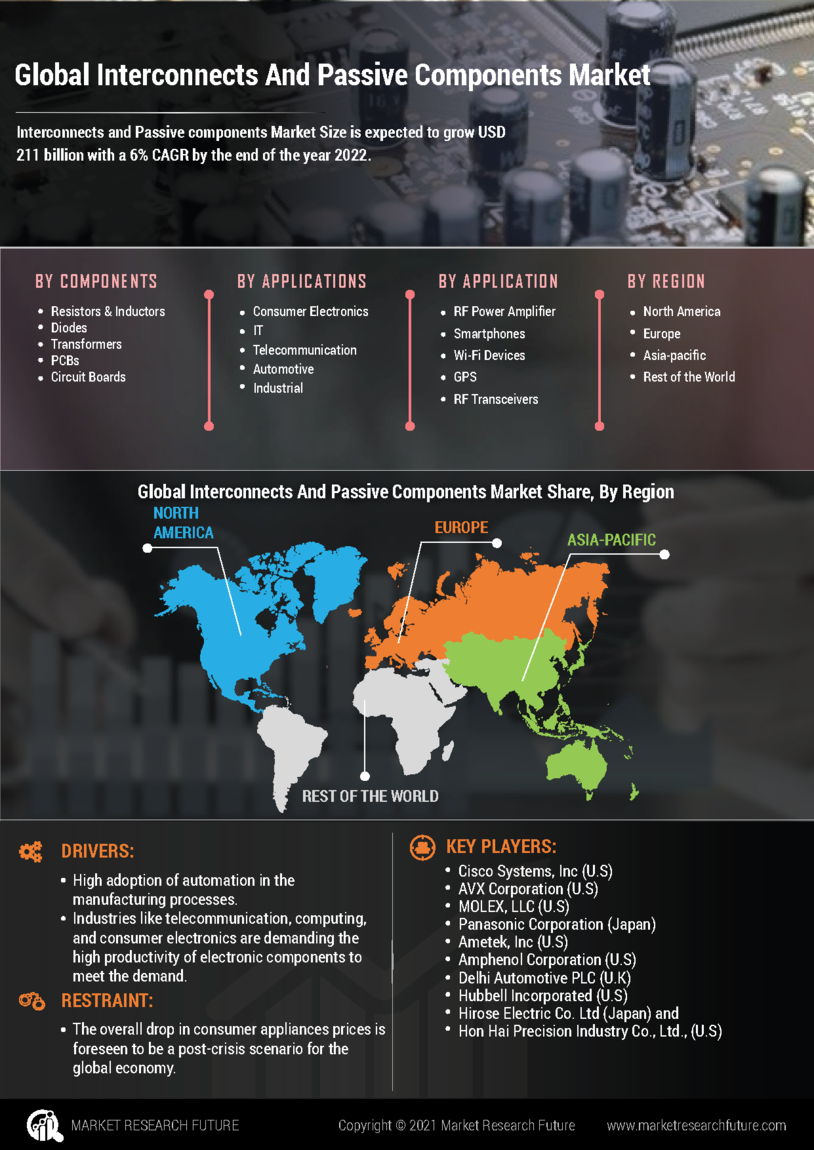
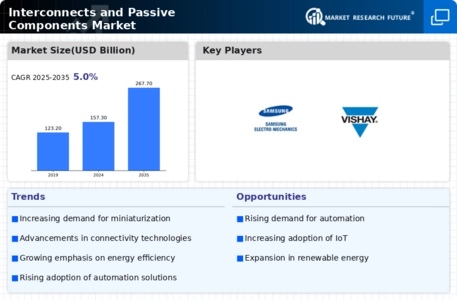
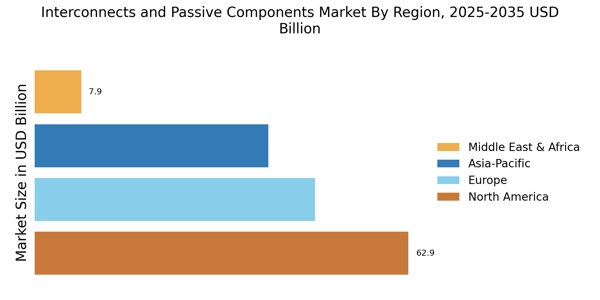


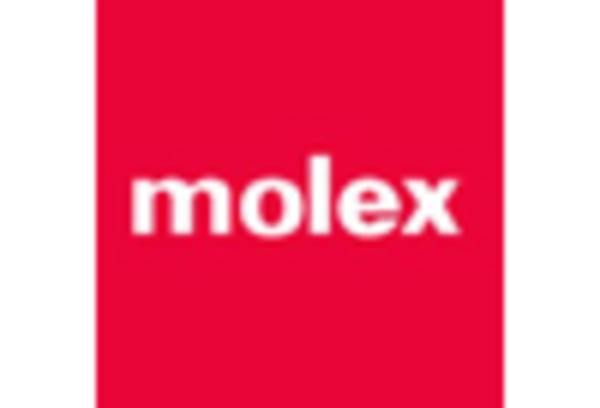
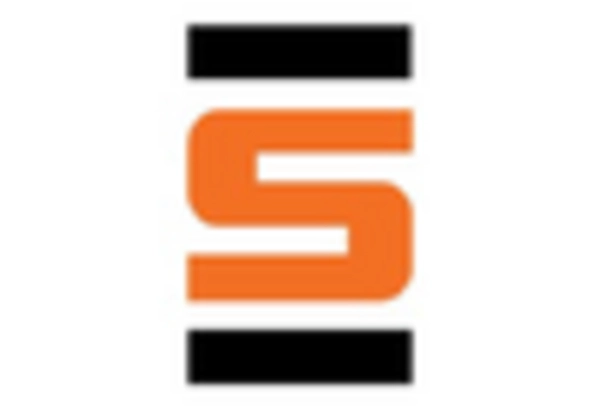










Leave a Comment